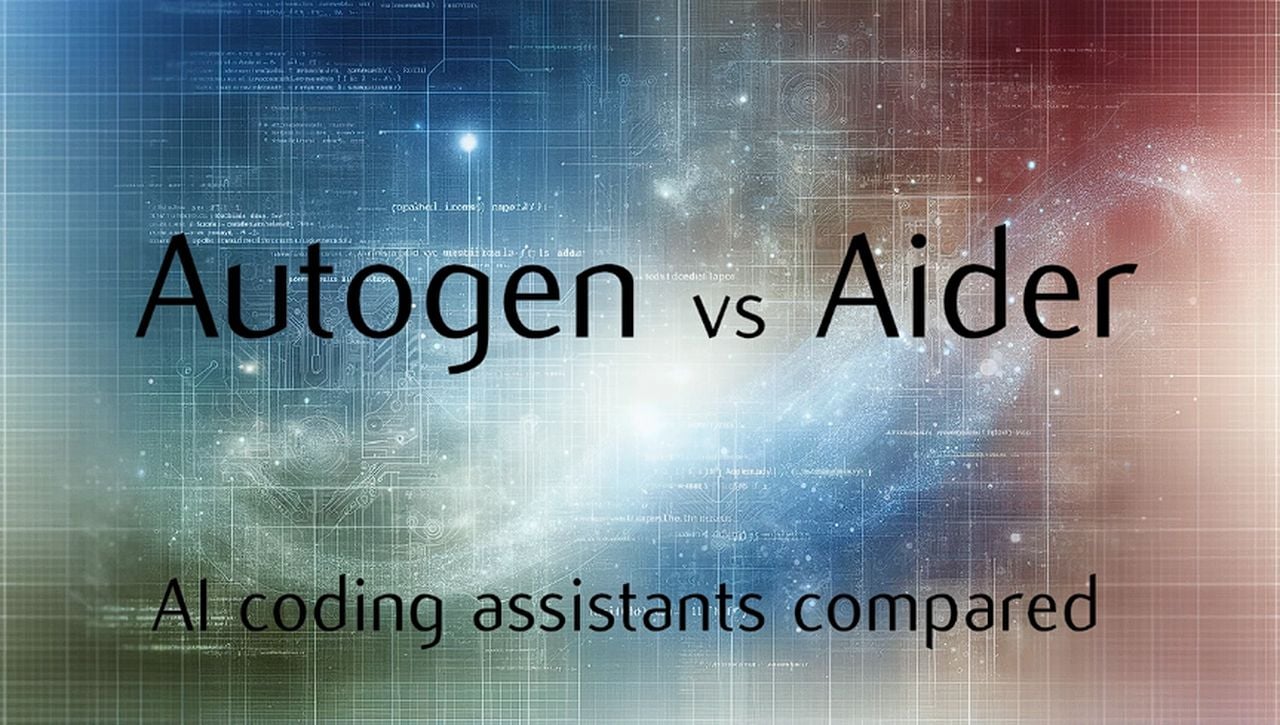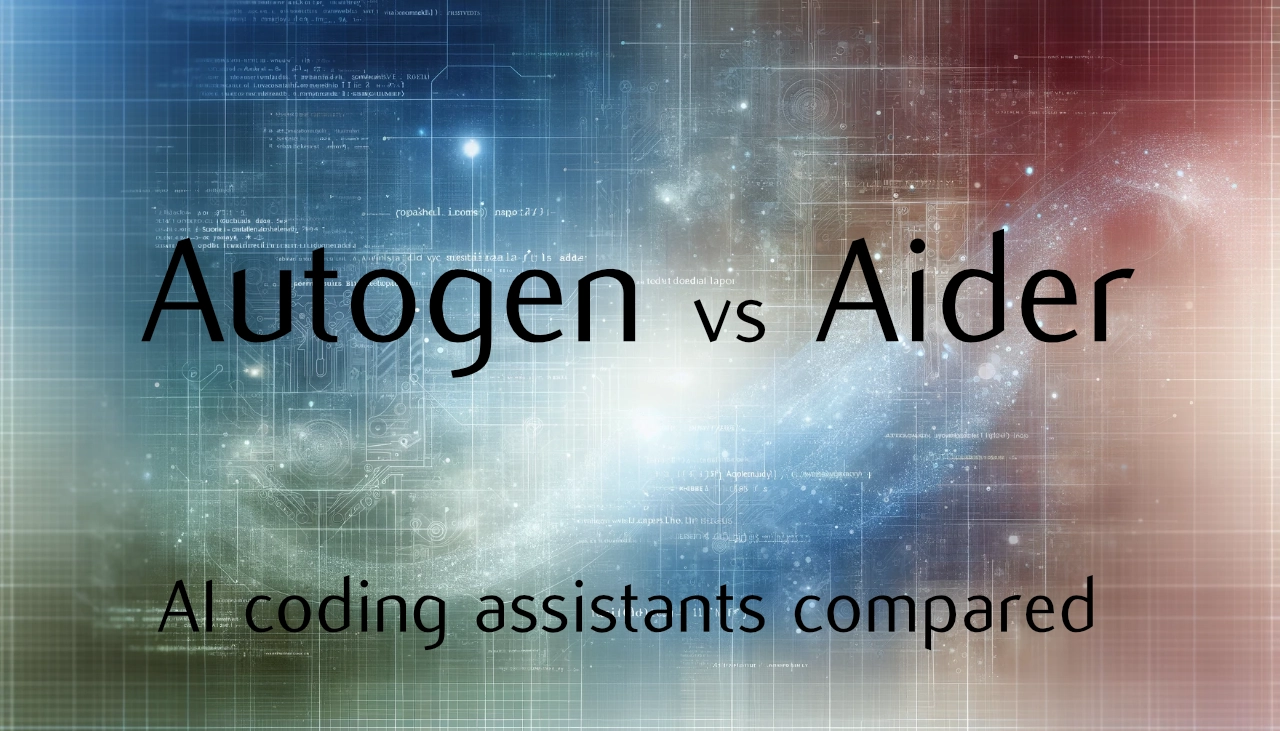
Improving your software development workflow has never been easier thanks to the explosion of AI tools and large language models such as Copilot, , ChatGPT and others. Aider as another AI-powered coding assistant well worth checking out as it has been designed to streamline your coding process. Powered by sophisticated technology of OpenAI’s GPT-4 and GPT-3.5 APIs, Aider offers a command-line interface that can significantly enhance your coding tasks. This tool is not just another addition to your toolkit; it’s a smart assistant that can help you manage your code more effectively.
Aider stands out with its seamless Git integration, which allows you to commit code directly to your repositories. This integration is a time-saver, cutting down on the steps you need to take to manage your version control. It’s not just about saving a few keystrokes; Aider ‘s integration can help prevent errors that often occur when handling code manually. The AI’s ability to generate code snippets, run unit tests, and refactor code is a testament to its advanced capabilities.
Using Aider AI coding assistant
Getting started with Aider is straightforward. You can install it using pip, the Python package manager, which is a familiar process for many developers. Once installed, you’ll need to set up your environment with an OpenAI API key. This key is crucial as it allows Ida to communicate with the GPT-4 and GPT-3.5 APIs. For those looking to get the most out of Ida, integrating ctags can enhance your experience by enabling efficient source code indexing and navigation.
Features of Aider
– Chat with GPT about your code by launching aider from the command line with set of source files to discuss and edit together. Aider lets GPT see and edit the content of those files.
– GPT can write and edit code in most popular languages: python, javascript, typescript, html, css, etc.
– Request new features, changes, improvements, or bug fixes to your code. Ask for new test cases, updated documentation or code refactors.
– Aider will apply the edits suggested by GPT directly to your source files.
– Aider will automatically commit each changeset to your local git repo with a descriptive commit message. These frequent, automatic commits provide a safety net. It’s easy to undo changes or use standard git workflows to manage longer sequences of changes.
– You can use aider with multiple source files at once, so GPT can make coordinated code changes across all of them in a single changeset/commit.
– Aider can give GPT-4 a map of your entire git repo, which helps it understand and modify large codebases.
– You can also edit files by hand using your editor while chatting with aider. Aider will notice these out-of-band edits and keep GPT up to date with the latest versions of your files. This lets you bounce back and forth between the aider chat and your editor, to collaboratively code with GPT.
Aider ‘s compatibility with popular code editors like Visual Studio Code is a significant advantage. Whether you’re a fan of Visual Studio Code’s extensive features or Vim’s minimalist approach, Aider can fit into your existing workflow. This adaptability means you don’t have to change your coding habits to benefit from AI-powered enhancements.
The automation of routine coding tasks is where Aider truly shines. By handling the mundane aspects of coding, Aider not only saves you time but also reduces the likelihood of human error. This can lead to substantial cost savings, as you can allocate your resources to more complex and creative tasks. The result is a higher value delivered to your clients, as you can focus on innovation rather than routine code management.
AI coding tools like Aider are at the forefront of a shift in development practices. As AI technology continues to evolve, these tools will become even more integral to improving code quality and developer productivity. By adopting AI assistants early on, developers can stay ahead of the curve and be prepared for the industry’s technological advancements.
Aider AI’s IDE is more than just a coding tool; it’s a partner in your development journey. Integrating Aider into your daily routine can elevate your productivity and improve the quality of your code. In the competitive field of software development, utilizing AI tools is not just about keeping up with trends—it’s about excelling and providing exceptional value to your clients. With Aider , you’re not just coding; you’re crafting the future of software development.
Filed Under: Top News
Latest timeswonderful Deals
Disclosure: Some of our articles include affiliate links. If you buy something through one of these links, timeswonderful may earn an affiliate commission. Learn about our Disclosure Policy.




